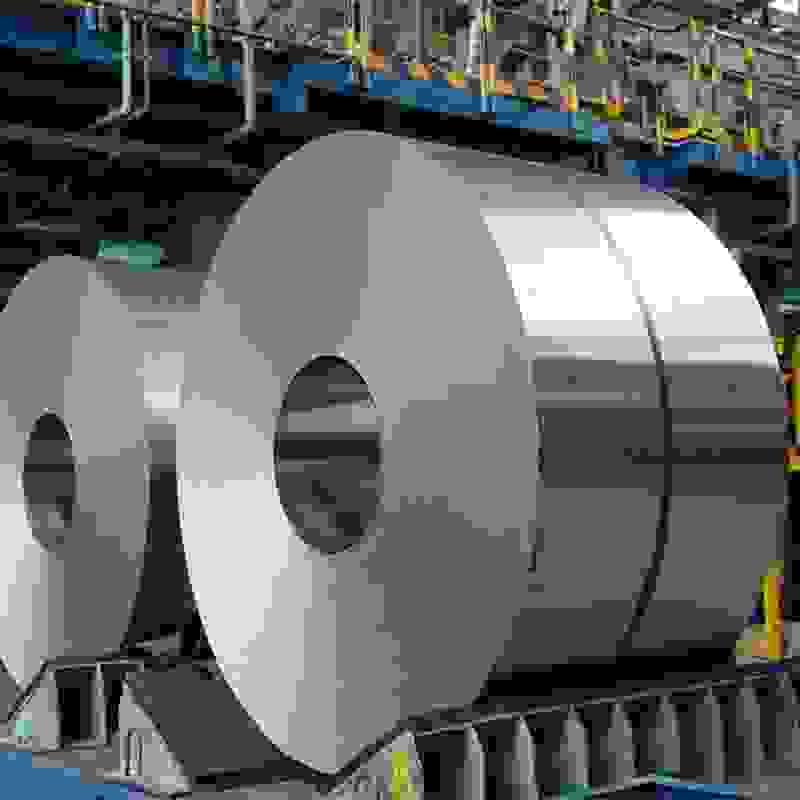
Self-Supporting Clad Rack
Rack Clad Building / Rack Supported Building / SILO
Rack Supported Building — A Smart Storage Solution
Rack Supported Buidling, also called self-supporting SILO, rack clad warehouse and self-supporting clad rack, is a cost-effective option which brings more vertical space utilization to the user of warehouse.
A clad rack warehouse blends robust racking systems with an efficient, weatherproof enclosure —imagine a high-tech bookshelf wrapped in a protective shell. It’s essentially a purpose-built steel structure where the storage racks form part of the building’s framework. Racks aren’t just inside; they help carry loads and define aisles, roof, and wall attachments. This integration creates a compact, highly efficient space engineered for dense pallet storage and fast material flow.
What makes it more and more popular?
Think of it as vertical Tetris for industry: pallets slide into tight, optimized lanes, cranes or forklifts whisper through designated aisles, and the building itself acts like one big storage machine. The design reduces wasted space — less corridor, more product — while keeping goods safely sheltered. Clad rack warehouses often pair well with automated retrieval systems, creating an almost cinematic choreography of machines fetching items on demand.
Key advantages
- Space efficiency: By using the rack as structural elements, the building footprint is minimized and storage density soars.
- Cost savings: Less building material and smaller land needs lower initial capital outlay and ongoing property costs.
- Speed and productivity: Narrow aisles and integrated layouts reduce travel time for forklifts and automated systems, boosting throughput.
- Scalability: Modular rack-based construction makes adding height or new bays simpler than traditional warehouses.
- Safety and protection: Enclosed cladding shields inventory from weather and dust; structural design improves seismic and load performance.
- Ideal for automation: The regular, repeatable geometry is perfect for cranes, shuttles, and AS/RS systems.
In short, a clad rack warehouse is a clever marriage of architecture and logistics — compact, economical, and built to move goods faster. It’s the backstage powerhouse for modern supply chains where every pallet has a place and every inch counts.
Pre-embedment for rack supported building
Pre-embedment involves installing embedded anchors, plates, sleeves, and conduits into concrete foundations or floors before pouring. For a self-supporting warehouse—where racks, mezzanines, or light structural frames transfer loads directly to foundations—pre-embedment ensures accurate anchor locations, correct embed depths, corrosion protection, and integrated utility routing. Early coordination of structural, racking, and MEP layouts minimizes costly field modifications, guarantees load-bearing capacity, and maintains fire and seismic compliance. Precise templates and quality-controlled installation reduce downtime during erection, improve long-term stability, and facilitate future expansions. Documentation and as-built records preserve alignment and inspection readiness for safety and regulatory verification.
Self-supporting clad rack warehouse
and Pre-embedment
pre-embedment for self-supporting rack clad warehouse
clad rack pre-embedment
self-supporting clad rack
pre-embedment for self-supporting rack
rack supported building
rack supported building pre-embedment
self-supporting storage warehouse
Pre-embedment for rack clad warehouse
rack supported building
pre-embedment for clad rack SILO
self-supporting SILO
pre-embedment for rack supported building
rack clad structure
Surface Treatment for Self-Supporting Clad Rack
Rack supported buildings are installed outdoor, consequently the surface treatment requires highly anti-corrosion against high humidity and hot temperature. Below are some typical surface treatment frequently applied for structural parts of clad rack self-supporting warehouse.
- Best overall: Zn–Al–Mg (zinc–aluminium–magnesium) coatings provide the best long-term corrosion resistance, especially in edges, cut surfaces and industrial/atmospheric environments.
- Good value: Al–Zn (zinc–aluminium, e.g., Galfan) is a good compromise of performance vs cost — better than plain GI in many scenarios.
- Basic / lowest cost: GI (Galvanized Iron, hot-dip zinc) is the conventional, economical choice but offers the least corrosion resistance vs Zn–Al–Mg and Zn–Al for modern long-life warehouse structures.

Overall Comparision Between GI and ZAM Coating

Project Cases
Clad Rack Self-Supporting Warehouse / Rack Supported Building /Rack clad warehouse /SILO
Self-Supporting clad rack
Rack Supported Building
Rack Supported Building Project Case
For e-Commerce
Rack supported building
Self-supporting Warehouse
Clad Rack Warehouse Project Case
For e-Commerce
Pre-embedment for SILO
Clad Rack SILO
Self-Supporting Warehouse Project Case
For Textile Industry
Self-supporting rack
Rack supported Building
Rack Clad Self-supporting Warehouse Project Case
For Food Industry
Rack supported Building
Self-Supporting AS/RS
Rack Clad Warehouse Project Case
© 2008-2025 Nanjing ApexBeam Storage Equipment Co., Ltd., All rights reserved.


